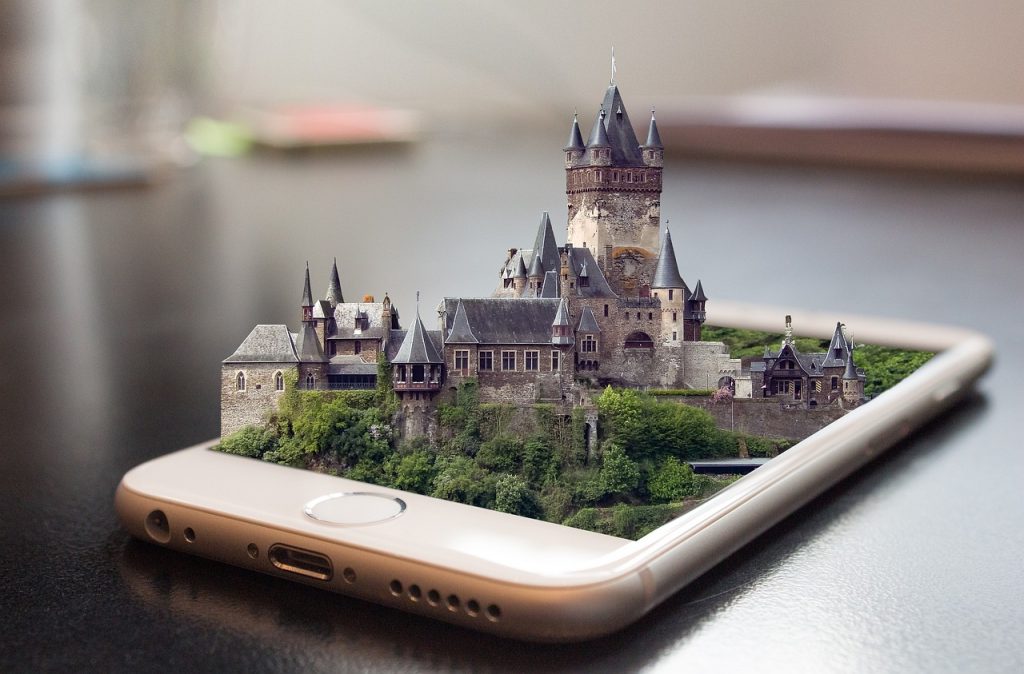
GUEST POST from Chateau G Pato
Augmented reality (AR) is a revolutionary technology that combines the digital and physical worlds, creating an interactive and immersive experience for users. From entertainment and gaming to healthcare and education, AR has begun to impact various aspects of our daily lives. This article will explore the transformative effects of augmented reality through two case study examples.
Case Study 1: Pokémon GO – Revolutionizing Gaming and Social Interaction
When Pokémon GO was released in 2016, it quickly became a global phenomenon, introducing millions of people to the interactive world of augmented reality. The game allowed players to capture virtual Pokémon creatures in real-world locations through their smartphones. By overlaying digital elements onto real environments, Pokémon GO transformed the way people interacted with their surroundings.
One of the most significant impacts of Pokémon GO was its ability to encourage physical activity and outdoor exploration. Players were motivated to walk and explore their neighborhoods, parks, and cities in search of Pokémon. This aspect of the game led to various health benefits, such as increased exercise and improved mental well-being.
Furthermore, Pokémon GO sparked a sense of community and social interaction. Players gathered in designated locations called “Pokéstops” to collect items and battle together. These meetups brought people together, forging new friendships and creating a sense of belonging. Through its blend of augmented reality, gaming, and social interaction, Pokémon GO showcased how AR can enhance our everyday lives.
Case Study 2: IKEA Place – Enhancing Shopping and Interior Design Experience
IKEA Place is an augmented reality app that enables users to virtually place furniture and home décor items in their living spaces. By utilizing the camera on smartphones or tablets, IKEA Place overlays digital representations of furniture onto a real environment, allowing users to see how the items would look in their homes before making a purchase.
This AR solution revolutionizes the way people shop for furniture, improving decision-making and reducing buyer’s remorse. Customers can browse through IKEA’s extensive catalog, select items they are interested in, and visualize how they will fit and complement their existing home decor. Moreover, users can explore different color options and manipulate the furniture’s position, ensuring a perfect fit without any physical effort.
IKEA Place also allows users to capture photos and share them with friends and family, eliciting feedback and opinions. This collaborative aspect enhances the shopping experience and brings people together, even when physically apart. By simplifying and enhancing the furniture buying process, IKEA Place demonstrates the transformative impact AR can have on everyday activities.
Conclusion
These two case study examples illustrate the transformative impact of augmented reality on everyday life. Pokémon GO showcased how AR can revolutionize gaming, encouraging physical activity, fostering social interactions, and creating a sense of community. IKEA Place, on the other hand, demonstrated how AR can enhance the shopping experience, empowering consumers to visualize furniture in their homes and facilitating collaboration with others.
As technology continues to advance, augmented reality is expected to have an increasing influence on various areas of our lives, including education, healthcare, and communication. Whether it is through immersive gaming experiences or interactive shopping tools, AR has the potential to reshape how we interact with our environment and make the most of our everyday experiences.
Bottom line: Futurology is not fortune telling. Futurists use a scientific approach to create their deliverables, but a methodology and tools like those in FutureHacking™ can empower anyone to engage in futurology themselves.
Image credit: Pixabay
![]() Sign up here to get Human-Centered Change & Innovation Weekly delivered to your inbox every week.
Sign up here to get Human-Centered Change & Innovation Weekly delivered to your inbox every week.